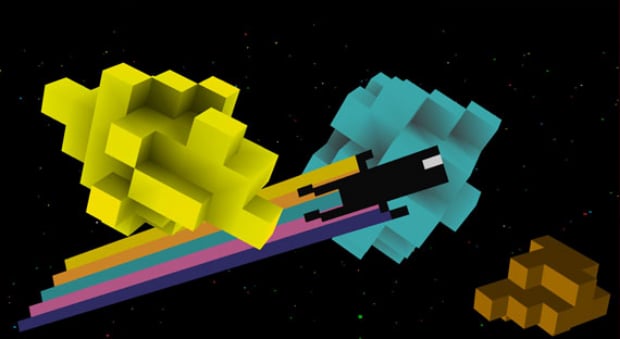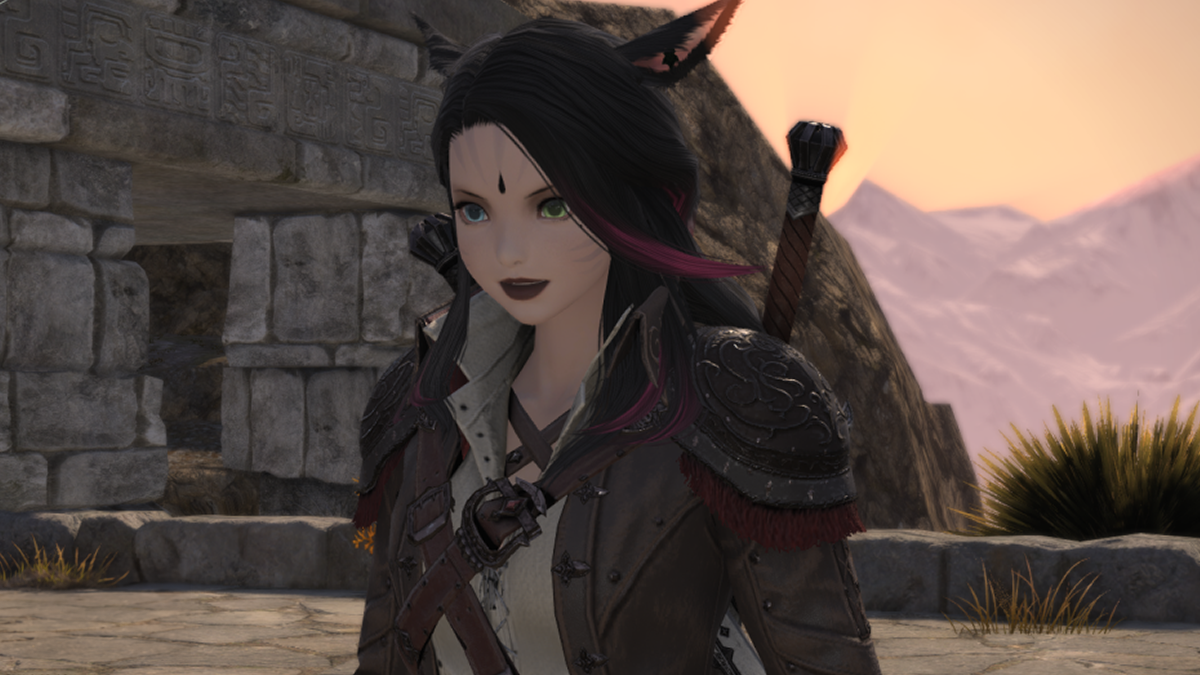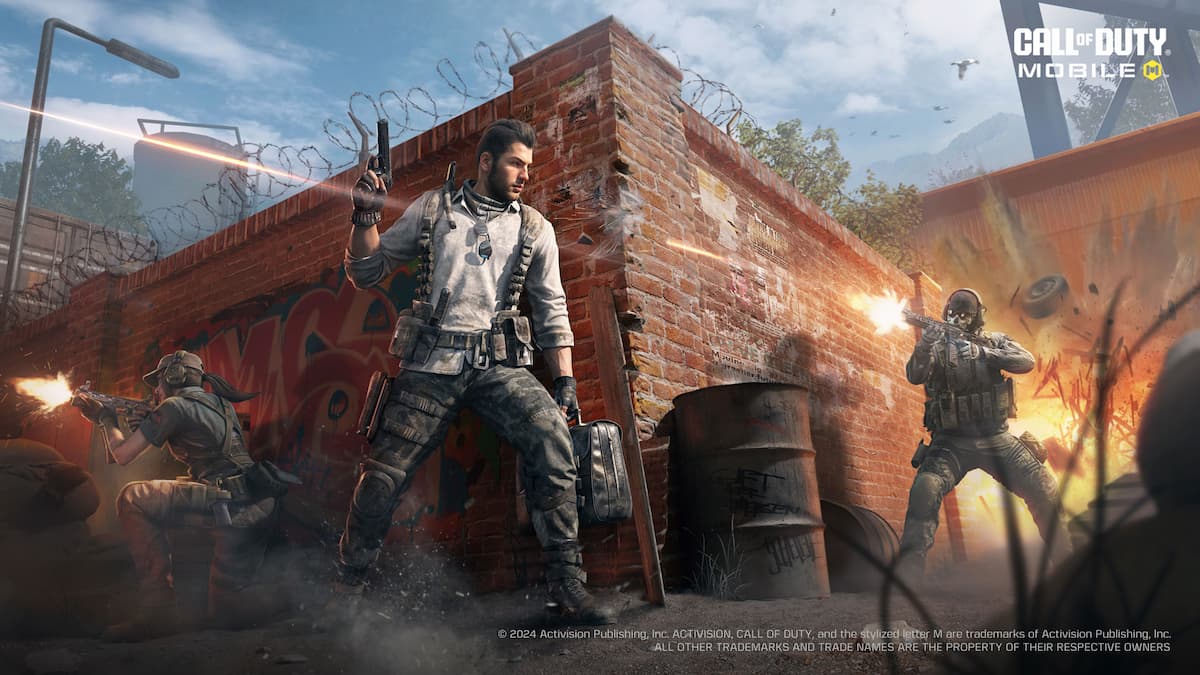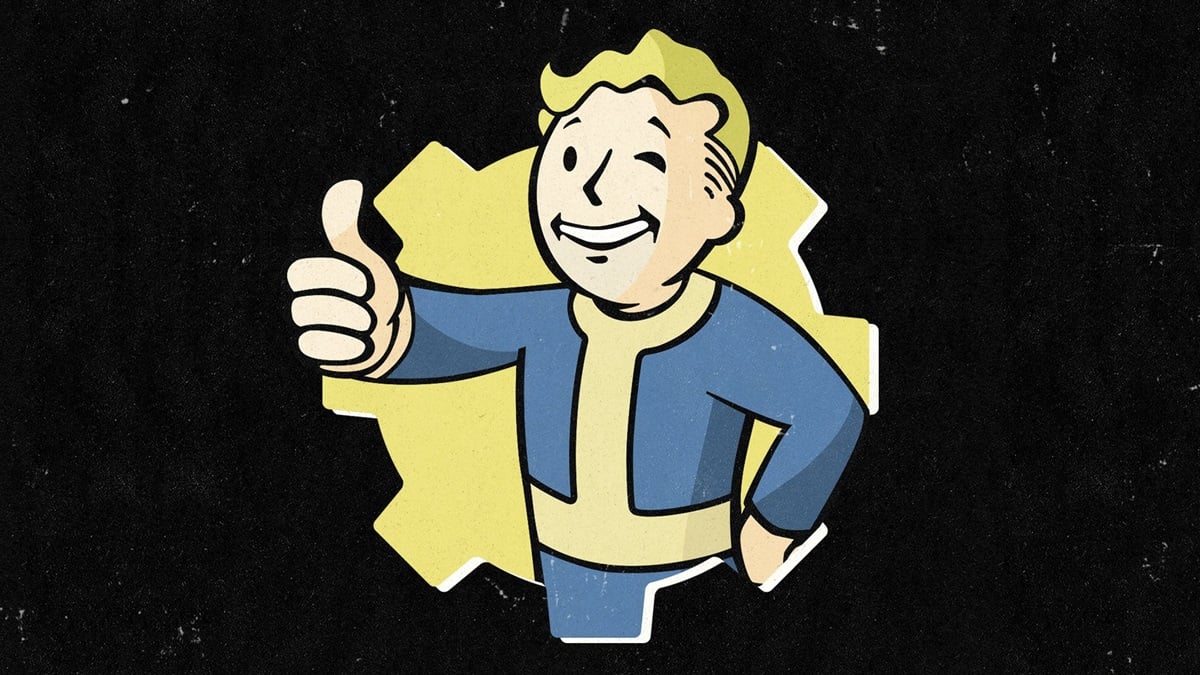Many eyes have been upon Bit.Trip developers Gaijin Games recently. They are just barely a year old, but within the span of six months, they’ve already made three fantastic games. Not only that, but more is still to come mere months down the road. They are already a huge inspiration to game developers everywhere, and loved by those who love to play awesome games.
How have they managed to accomplish so much in such a short amount of time? It seems they do have a different approach than most other developers. In the first talk of GDC Austin’s Independent Games Summit, Mike Roush, one third of the Gaijin team, unveiled the secrets behind their success. Indie developers, take note of what this man has to say.
Hit the jump to read a summary of his talk.
After a little bit of a general introduction to the Indie Games Summit itself, Mike Roush introduced himself to the crowd. After alluding to a lonely trip to a Hooters restaurant the night before (he was the only member of Gaijin at GDC Austin), he began his talk with a simple question: how can holistic philosophies be applied to game design?
First, he defined the word “holistic”; it is simply emphasizing the relation between parts and the whole. In the case of game design, the parts are the individuals within a developer, and the whole is the game that they create. Using a slide of a simple vinn diagram, he explained how Gaijin is formed of three separate parts: programming (Alex Neuse), sound (Chris Osbourne), and visual art (himself). The section of the diagram where these three parts overlapped, which was labeled “HOLY SHIT!”, represents the sum of their parts: the Bit.Trip series.
The next slide he pulled up showed a pixel-drawn image created to include elements of almost every game imaginable. After a huge red X was drawn across this visual aid, Mike joked that it was wrong because the game Klax was not rightfully represented. Of course, he then went into the real reason for the slide. The image was used to stress the point that it is unrealistic to try and fit every single idea into one game.
After they were picked up by Aksys Games, Gaijin was given only three months to develop Bit.Trip. This was a bit of a problem, as they originally planned for it to be a big 1000 point WiiWare game. Essentially, it would have been the series we have now compiled into one game. But due to the time constraints, Gaijin decided to divide the game into six parts. Mike believes that they are much better off for making the decision not to try and cram all of their ideas into something singular.
The next point that he made concerned the players’ place in holistic game design. He explained that Gaijin tries to put a lot of consideration into how their games engage the player. Not only should controller input make things happen on the television screen, but the game itself should make things happen within the player. The Wii’s motion controls a big role in how they seek to accomplish this. “Bit.Trip Beat would not exist if there were no Wii,” he told the audience.
What are the benefits of developing games holistically? “It allows deeper products to be made, more input from each individual team member, and a more meaningful experience,” he explained. He went on to recognize the fact that this way may not be the best for everyone. These benefits could be detractors, especially if a developer does not want to water down their vision with a lot of additional input or make a deep gameplay experience.
He then took some questions from the audience, the first of which concerned the small size of the Bit.Trip games. “We made what we expected a six dollar game to be,” he explained.
The next question was about how Gaijin got all their members on board, and how they deal with all the different ideas from each person. Each member came on with a different specialty, and the ideas do clash at times. Each person just thinks in the terms that the sum is greater than its parts, which makes it easier for individuals to make small sacrifices to their personal vision if needed.
Next, someone asked whether or not holistics could potentially slow down the creative process. “Each member is a master of their discipline. It’s about getting the ideas out and being open to input.”
The following question asked how Gaijin Games found their publisher. Mike responds that they wanted to work with someone who gave them creative freedom. They pitched Bit.Trip to several publishers, but the response from Aksys helped them make the final decision. He said that the CEO approached the game not as if it were money to be made, but just as a great game that he wanted to get out there.
The following question was about outsourcing music with a limited budget. Mike explained that they told their musicians right off the at that they would not be able to pay them for their work. He found that payment wasn’t too big of a problem, because everyone that he spoke to just wanted their music to be in a game and get out there.
An audience member then asked a question about how to motivate other team members into brainstorming. “The more you put into it, the more you get,” he responded. In his opinion, if someone puts nothing on the table but complains about the lack of ideas, they’re not too valuable an asset.
The last question was about having a unified vision. Are there any problems doing so, and how could one improve at it? Mike responded that the limited amount of time they have to work on their games lessens any problems the team has meshing their ideas.
Mike summed up his talk with a quote from The Wrath of Khan: “Logic clearly dictates that the needs of the many outweigh the needs of the few.” A member of the crowd called him out on quoting Spock, but the phrase applies perfectly to the holistic game design vision. Every member of the team will have his or her own ideas as to what the game they’re working on should end up being, but they need to be cohesive in order to work. Team members do not necessarily have to get along with one another, but their ideas do.




